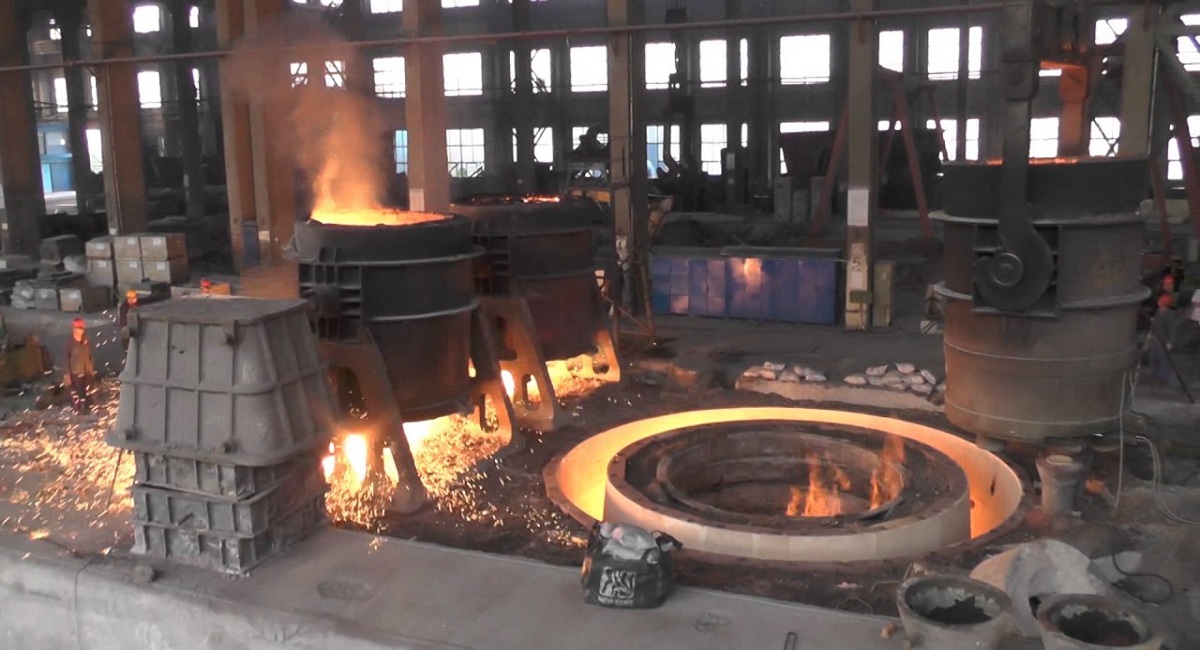Casting is a special manufacturing procedure in which a hot liquid material is poured into a mould containing a hollow cavity to achieve a desired shape. The hot liquid material is then allowed to solidify, which is known as casting. The most common casting materials include but are not limited to epoxy, plaster, concrete and clay. Casting is largely used for making complicated shapes and objects that would be otherwise uneconomical or difficult to make by other procedures. In this blog post, we’ll let you know about the main difference between steel castings and iron castings.

Steel and iron are both ferrous metals mainly consisted of iron atoms. While cast steel and iron may seem similar on the surface, they are different from each other. Carbon composition is the main difference between cast steel and iron. Cast steel contains less than 2% carbon, while cast iron usually contains more than 2% carbon. This is what makes them stand apart from each other.
Iron Castings
Gray cast iron or gray iron castings have good casting properties such as moderate wear resistance, excellent vibration dampening, low notch sensitivity and moderate machinability. Low elongation and tensile strength are the main downsides of gray iron. Cast iron is ideal for making metal parts such as oil pan, hand wheels, protective cover, hammer, floor, small handle, frame, bed, knife, table, valve, flywheel, pipe, motor blocks, bearing seat, small handle, box, base, etc.
Steel Castings
Cast steel is a special type of casting that involves different types of steel. It is used when iron castings can’t deliver enough shock resistance or strength. The most common example include but are not limited to pump casings, valve bodies, gears, railroad truck frames, turbocharger turbines, mining machinery, and engine cylinder blocks.

Wesley is a home improvement blogger who strives to improve his life and the lives of others. He provides homeowners with helpful tips on how to renovate their homes. His goal is not only to provide easy-to-follow instructions, but also share his own personal experiences for those seeking guidance.












